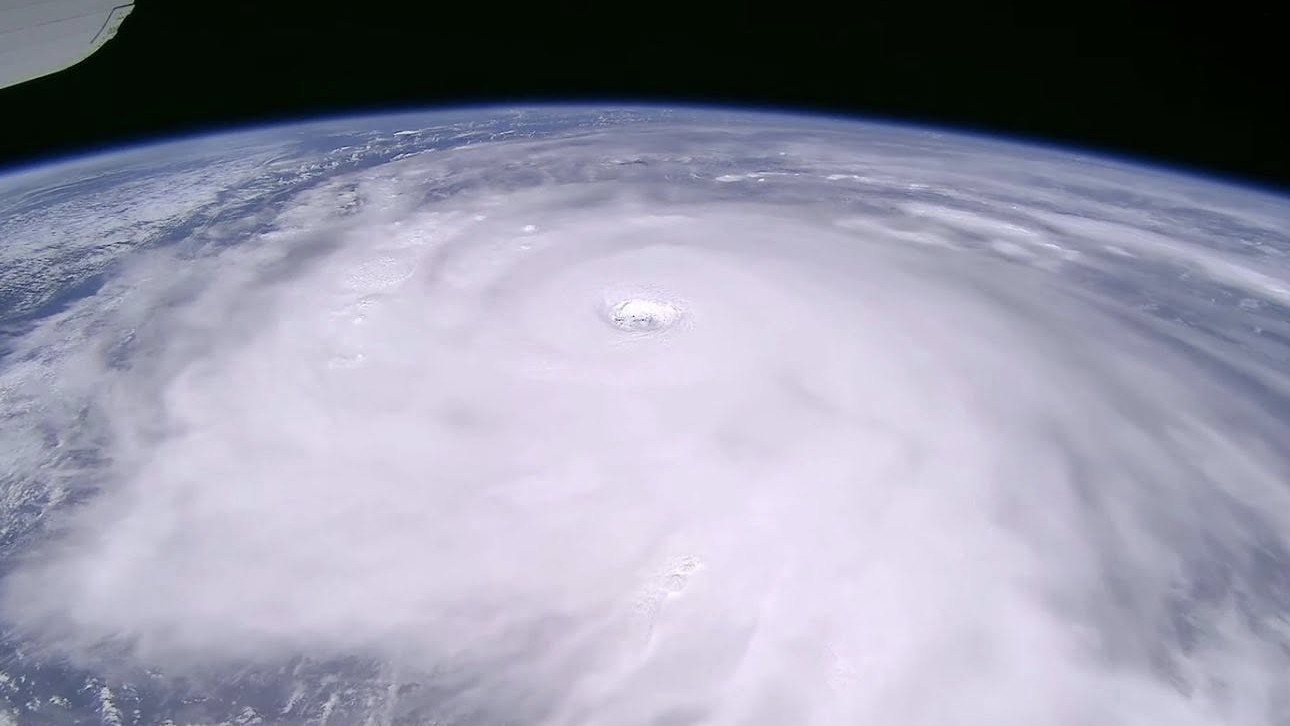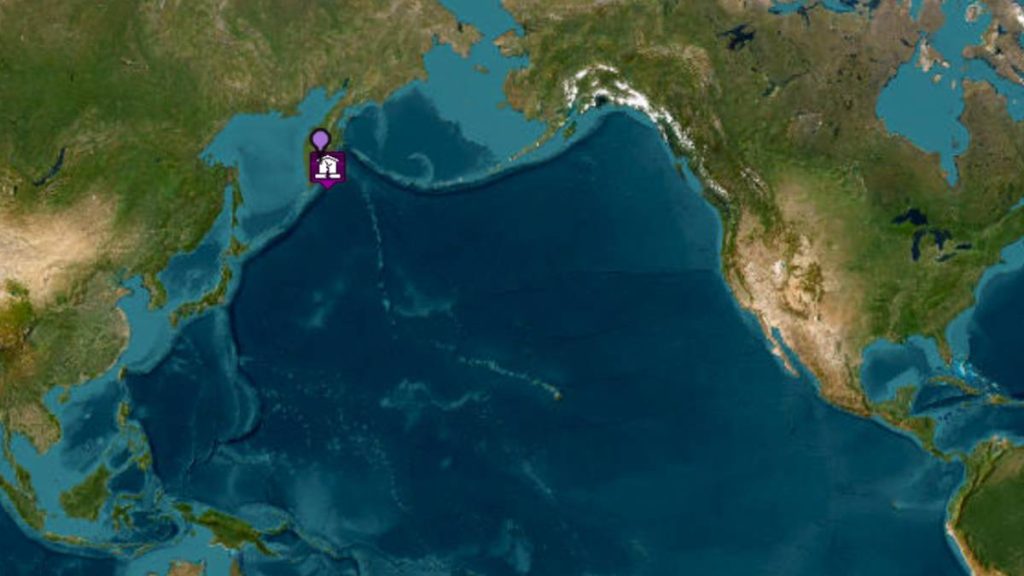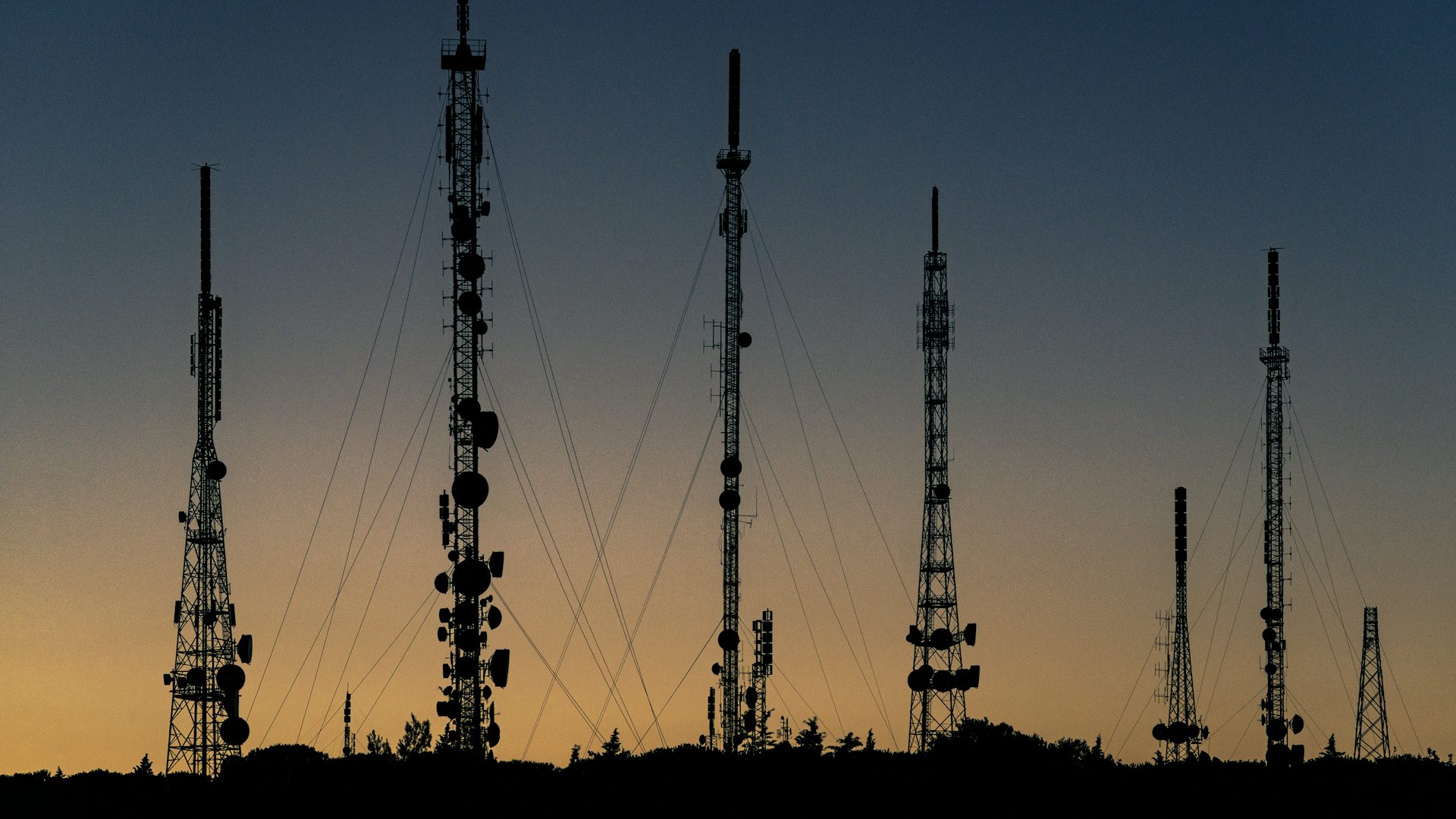Super Typhoon Ragasa, the strongest storm of 2025, battered Taiwan with torrential rains, causing a barrier lake in Hualien County's Guangfu township to burst on Tuesday. This unleashed devastating floods, killing at least 14 people, injuring 18, and leaving 124 missing. Rescue efforts continue as the typhoon heads toward Hong Kong and southern China
Super Typhoon Ragasa: Devastation in Taiwan as Barrier Lake Burst Claims 14 Lives - Latest Updates

Super Typhoon Ragasa, the most powerful storm of 2025, has left a trail of destruction across East Asia, with Taiwan bearing the brunt of its fury. Torrential rains triggered the burst of a decades-old barrier lake in Hualien County's Guangfu township, unleashing a wall of water that has killed at least 14 people, injured 18, and left 124 missing as of September 24, 2025. Rescue operations are underway amid ongoing severe weather, as the typhoon barrels toward Hong Kong and southern China.
The Catastrophic Lake Burst in Taiwan
The disaster unfolded on Tuesday afternoon when the barrier lake, formed by earlier landslides on the upper Mataian Creek, could no longer hold back the deluge from Ragasa's outer bands. The lake, containing an estimated 91 million tonnes of water—equivalent to 36,000 Olympic-sized swimming pools—burst its banks, flooding Guangfu township and washing away a vital bridge. Hualien County recorded nearly 70 cm of rainfall in just days, turning the area into a muddy quagmire. About 5,200 residents, or 60% of the township's population, were forced to seek shelter on higher floors of their homes, while others evacuated to relatives.
Eyewitness accounts describe the flood as a "tsunami from the mountains," with debris-filled waters surging through streets and demolishing structures. Taiwan's fire department reported the grim toll early Wednesday, with search teams battling strong currents and unstable terrain to locate the missing. "Our teams are still searching, but the conditions are perilous," said Hualien County Government press official Lee Kuan-ting.
Ragasa's Rampage: From Philippines to East Asia

Before striking Taiwan, Super Typhoon Ragasa made landfall in the northern Philippines on Monday, toppling trees, ripping roofs, and killing at least two people while forcing thousands into evacuation centers. Winds gusted up to 285 km/h (177 mph), equivalent to a Category 5 hurricane, prompting widespread panic buying and flight cancellations. In the Philippines, the storm exacerbated ongoing monsoon floods, highlighting vulnerabilities in flood control infrastructure amid corruption probes.
As Ragasa's expansive storm radius—about 320 km—brushed Taiwan since Monday, the island saw over 7,600 evacuations, suspension of ferry services, and cancellation of more than 100 international flights. Six additional injuries were reported elsewhere on the island, with forest trails closed and infrastructure strained by the relentless downpours.
Hong Kong and China Brace for Impact
Now centered about 190 km southeast of Hong Kong, Ragasa has prompted the city to hoist its highest typhoon signal, T10, for the first time in years. Hurricane-force winds have lashed waterfronts, causing flooding in low-lying areas like Heng Fa Chuen, and leading to the shutdown of schools, businesses, and the cancellation of hundreds of flights by airlines like Cathay Pacific. Supermarket shelves were stripped bare as residents stockpiled essentials, fearing two days of closures.
In mainland China, dubbed the "King of Storms" by meteorologists, Ragasa threatens Guangdong province, home to over 125 million people. Nearly two million have been evacuated, including 400,000 from Shenzhen alone, with landfall expected between Taishan and Zhanjiang on Wednesday afternoon. A month's worth of rain is forecast for Zhuhai, raising fears of storm surges, landslides, and widespread flooding in the densely populated Pearl River Delta.
Rescue Efforts and Government Response
Taiwan has mobilized troops, military vehicles, and rescue teams from across the island to Hualien, distributing supplies through flooded windows and rooftops. Temporary shelters house hundreds, while geologists warn of further landslide risks in the mountainous east. President Lai Ching-te has pledged full support, emphasizing community resilience in the face of climate-amplified disasters.
In Hong Kong, the Home Affairs Department has opened 49 shelters accommodating 684 people, with police urging residents to stay indoors amid flying debris. China's National Meteorological Center has issued urgent warnings, closing schools and businesses in affected areas. International aid offers are pouring in, underscoring the regional solidarity against this super typhoon's wrath.
Looking Ahead: Climate Change and Lessons Learned
As Ragasa maintains super typhoon intensity, moving west-northwest at 22 km/h, experts link its ferocity to climate change, which intensifies tropical storms with warmer oceans fueling stronger winds and heavier rains. This event echoes Typhoon Danas in July, which dumped over 50 cm of rain and killed two in southern Taiwan, signaling a new era of extreme weather.
Recovery in Guangfu will be long and arduous, but it serves as a stark reminder for bolstering infrastructure against nature's escalating fury.
The 10-Minute Rule by Steve Jobs - A Stanford-Proven Creativity Hack
Discover Steve Jobs’ 10-minute rule, a simple yet powerful creativity hack backed by a Stanford study. This technique involves taking 10-minute breaks
Sushila Karki Sworn In as Nepal's First Woman PM: What You Need to Know
Sushila Karki, Nepal's former Chief Justice, was sworn in as interim Prime Minister on September 12, 2025, becoming the country's first female leader.
Russia Earthquake Today: 7.4 Magnitude Strike Off East Coast Sparks Pacific Alerts
A powerful 7.4 magnitude earthquake struck off Russia's Kamchatka Peninsula on September 12, 2025, at a shallow depth of 39.5 km, according to USGS da
NASA Discovers Potential Signs of Life in Mars Rock Sample
NASA's Perseverance rover made a groundbreaking discovery in July 2024 while exploring Jezero Crater on Mars. It encountered a rock dubbed "Cheyava Fa











